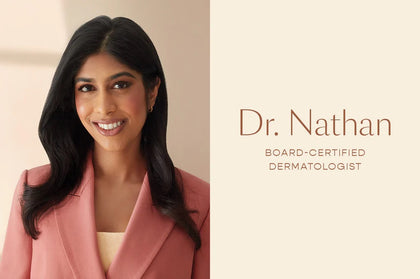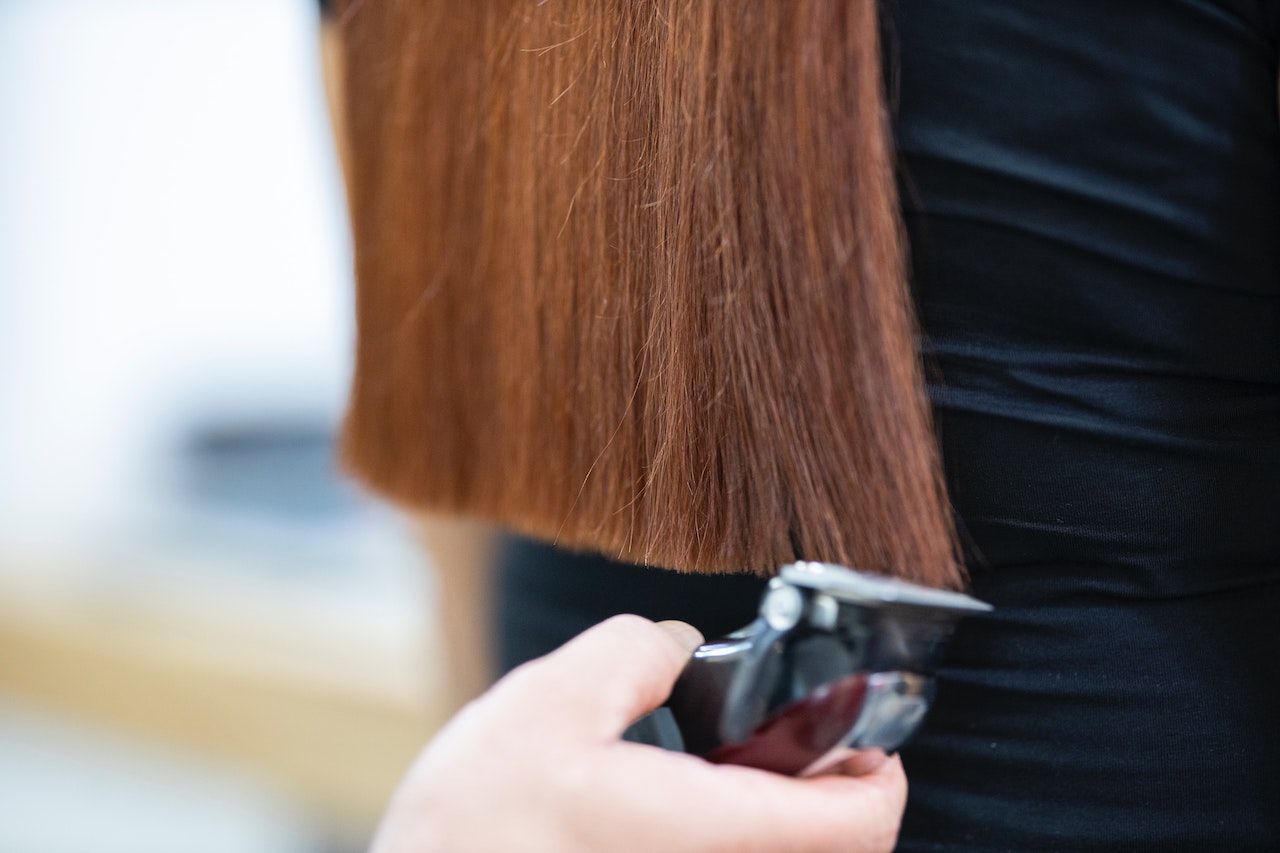Dr. Neera Nathan, MD, MSHS, is a board-certified dermatologist and VEGAMOUR expert. Every month, the Harvard-trained doctor shares the science behind and potential solutions to topics such as hair loss, hair growth, scalp care and graying. Read all of Dr. Nathan's articles here.
Hair graying, like wrinkles, is a part of normal aging. A worldwide survey showed that close to 75% of people between the ages of 45 and 65 have gray hair. But a good number of people start to notice grays much earlier — a term called premature graying. What makes our hair destinies so different?
A lot has changed in our scientific understanding of hair graying. We believe that there is one gene called IRF4 that appears to be linked to hair graying. Interestingly, genetics only explain a small part of hair graying. Instead, factors outside our control, like stress or a poor diet, may be the driving factors behind inflammation and damage to melanocytes or the pigment-producing cells in the hair that are responsible for our natural hair color. Taking measures to counteract these external factors may be important for those who experience premature graying.
Here are some potential causes of premature graying and what you can do to help maintain your hair color or reverse grays.
Stress
Your mother was right – stress can cause grays. Science shows that stress leads to a surge of “fight or flight” hormones, which, in turn, can deplete melanocyte stem cells in the hair follicle leading to gray hair. But what’s more is that when the stressful situation is relieved or goes away, grays can be reversed. While we can’t prevent stressful situations, do your best to make time each day for stress-reducing activities, like aerobic exercise or meditation, to keep stress levels low.
Diet
Poor nutrition can also cause premature graying. Studies show that B vitamins and copper, which can be derived from plant sources, are important for maintaining hair color and delaying grays. Likewise, antioxidants, like zinc and selenium, are important for protecting melanocytes within the hair follicle from damage. Make sure you consume a varied diet rich in leafy greens, legumes, nuts and seeds to ensure that you are getting enough of these key nutrients. On days that your diet is less than ideal, consider adding a supplement.
Autoimmune Conditions
Autoimmune conditions occur when the immune cells in the body mistakenly attack healthy, normal cells (like melanocytes) and can also cause hair to prematurely turn gray. This includes vitiligo, which can cause light spots on the skin and hair, or alopecia areata, which can lead to patches of hair loss and/or the sudden appearance of gray or white hairs. If you think you may have one of these conditions, it is important to seek care from a doctor.
Other Steps to Reverse Premature Graying
It is crucial to act on hair graying as soon as it occurs, as it is most likely to reverse when addressed promptly. In addition to reducing stress levels, eating well and addressing any medical conditions, there are topical products that act directly where melanocytes reside when massaged into the scalp. Topical products that contain active ingredients that stimulate melanocyte receptors and pathways may help revive melanocytes that are damaged from aging or stress and support overall healthy hair growth.
From Dr. Nathan: “Prejuvenation” — Why Now Is the Best Time to Preserve Your Hair Health
Photo credit: Gabriella Clare Marino/UnSplash
Back


















